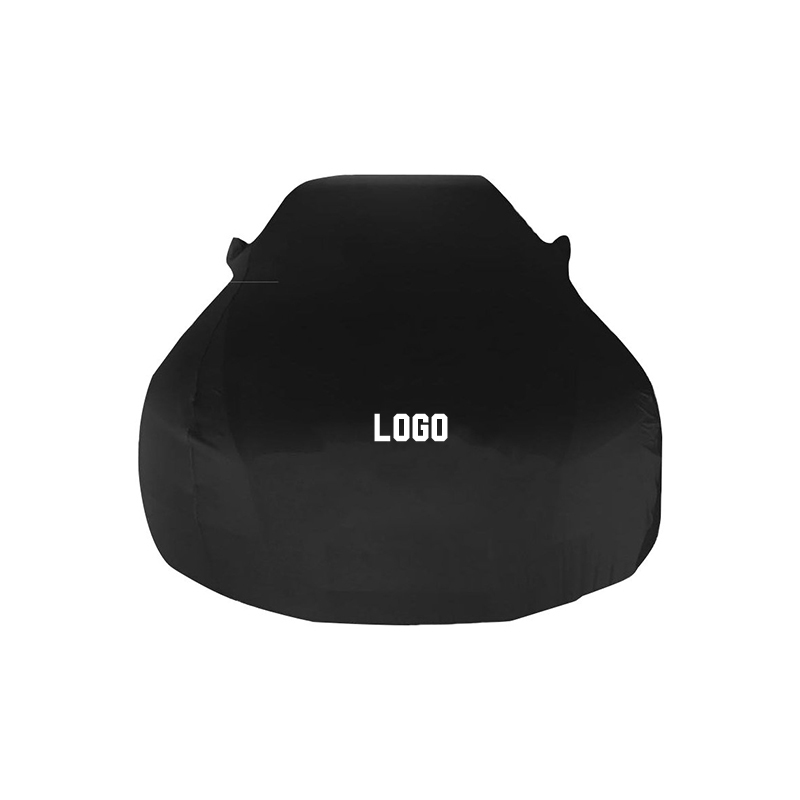1. Causes of Mold on Car Exterior
Mold on a car's exterior usually appears as black, green, or gray fuzzy spots on paint, rubber trim, or under wheel wells. It forms when spores land on damp surfaces and find organic residues (dirt, pollen, bird droppings, tree sap) to feed on. Environments that encourage mold include long-term outdoor parking under trees, coastal areas with high humidity, cars left dirty for weeks, and vehicles that often sit with moisture trapped in crevices or fabric convertible tops.
Signs to watch for
Early signs include small dark specks along seams, a musty smell after rain, or discoloration on rubber seals and plastic trim. If ignored, mold can stain porous surfaces and settle under paint protection layers.
2. How to Remove Mold from Car Exterior (Step-by-step)
Follow a careful, stepwise cleaning process to remove mold without damaging paint, clear coat, or rubber parts. Wear gloves and eye protection and work in a shaded, well-ventilated area.
Step 1 — Initial rinse
Rinse the affected area with a gentle stream of water to remove loose spores and surface dirt. Avoid high-pressure washers directly against seals or soft trim to prevent forcing water into seams.
Step 2 — Apply a mild cleaning solution
Mix one of the recommended cleaning solutions (see table below) with water. Spray or apply with a soft microfiber cloth, let it dwell for 2–5 minutes but do not let it dry. This softens the mold and breaks down organic residue.
Step 3 — Gentle agitation
Use a soft-bristled brush or microfiber cloth to gently agitate the area in straight strokes (not circular on paint) until visible mold lifts. For rubber or plastic trim use a softer touch to avoid scratching.
Step 4 — Rinse and repeat if necessary
Rinse thoroughly with clean water. If residue remains, repeat steps 2–3. For stubborn stains, a second application with a slightly stronger dilution is acceptable—test in an inconspicuous area first.
Step 5 — Drying and protection
Dry the area completely with a microfiber towel to prevent re-growth. After drying, apply a wax, paint sealant, or rubber protectant to create a barrier against moisture and organic build-up.
3. Preventing Mold Growth on Your Car Exterior
Routine maintenance and smart parking choices are the best defenses. Prevention focuses on eliminating moisture, removing food sources, and protecting surfaces.
Practical prevention checklist
- Wash your car regularly (every 2–4 weeks) to remove pollen, sap, and organic debris that feed mold.
- Park in open, sunny spots or a garage; avoid long-term parking under trees or in damp shaded areas.
- Dry after rain—open doors briefly and towel-dry rubber seals and seams if possible.
- Use a breathable car cover if you must store outdoors; avoid plastic that traps moisture against the paint.
- Apply protective products: carnauba or synthetic wax for paint, and silicone-based conditioners for rubber and plastics.
4. Recommended Cleaning Solutions and Tools
This table summarizes safe options for different surfaces. Always test any solution on an inconspicuous spot (like inside the wheel arch) before wide use.
| Surface | Recommended solution | Notes |
| Paint / Clear coat | pH-neutral car shampoo (diluted) or 1:20 diluted isopropyl alcohol solution for spot cleaning | Avoid bleach; finish with wax or sealant. |
| Rubber trim / seals | Mild soap + water or dedicated rubber cleaner | Condition afterward with silicone protectant. |
| Plastic bumpers / moldings | All-purpose automotive cleaner (follow dilution) | Use soft brushes to avoid scuffs. |
| Convertible fabric top | Fabric roof cleaner + soft brush | Apply fabric protectant after cleaning. |
Tools you'll need
- Microfiber towels (several)
- Soft-bristled brush and a soft wheel brush
- Spray bottle for diluted cleaners
- Protective gloves and eye protection
5. When to Seek Professional Help
If mold has been present for months, has left deep stains, or has spread beneath paint protection, professional detailing or paint correction may be required. Also consult professionals if you're unsure about using stronger chemical cleaners, or if the affected area includes delicate finishes like matte paint or aftermarket wraps.
Quick summary
Mold on a car exterior is preventable with regular washing, proper drying, and protective products. For removal, use mild cleaners, gentle agitation, and protective finishes. When in doubt, test first and consider a professional detailer for persistent staining.

 English
English Español
Español عربى
عربى русский
русский +86-13071889821/13757104168
+86-13071889821/13757104168












